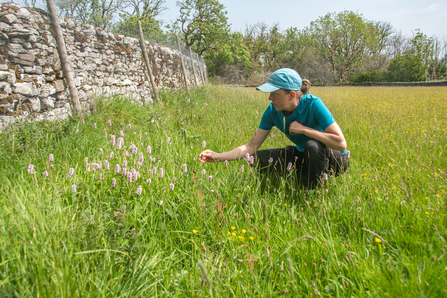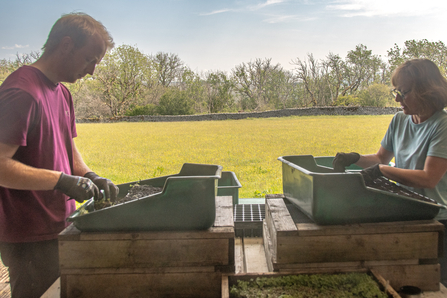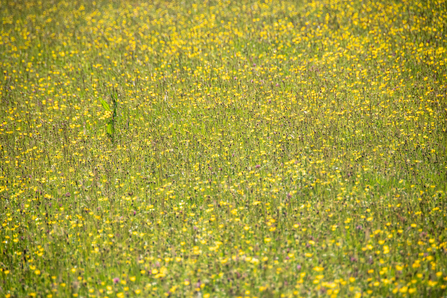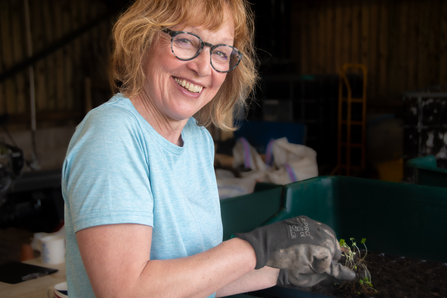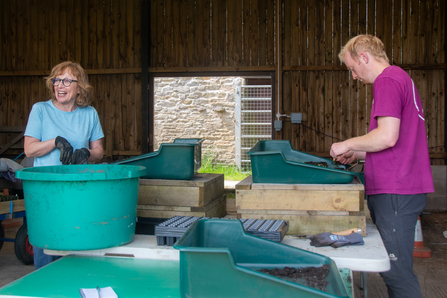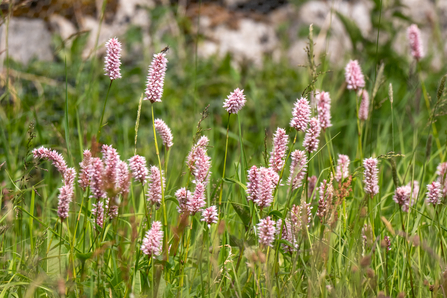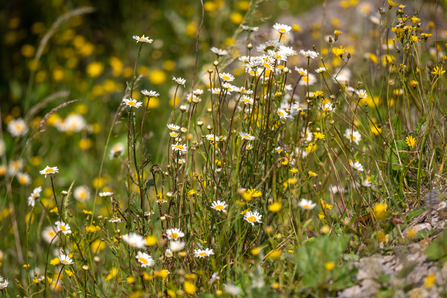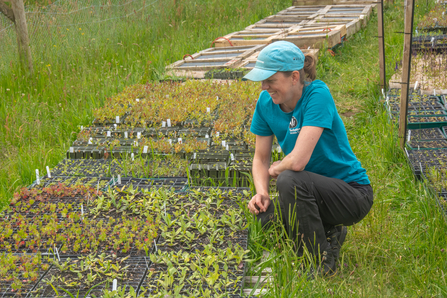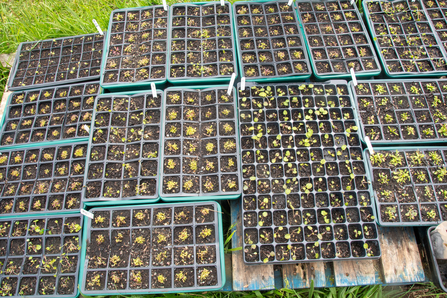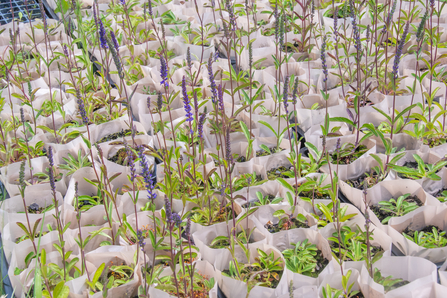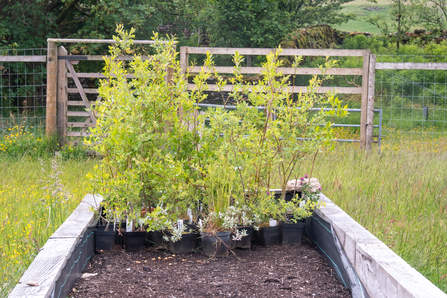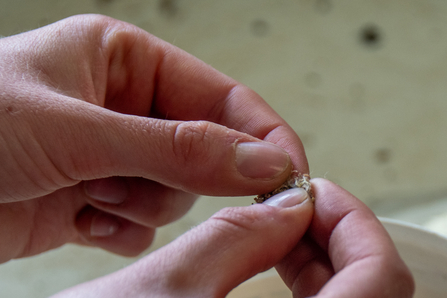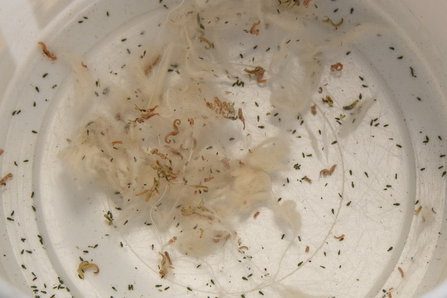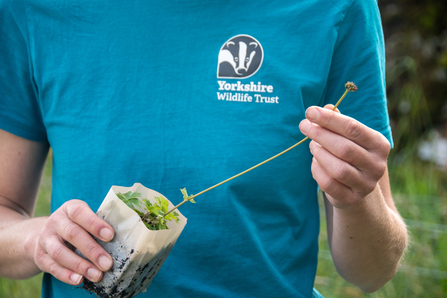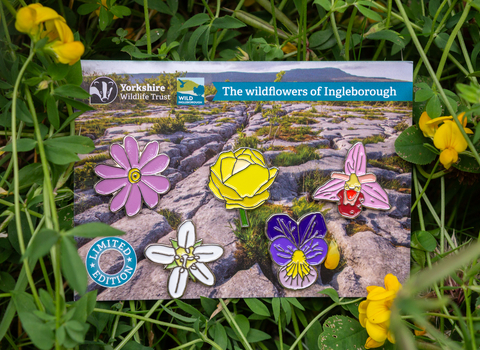A Summer Visit to Wild Ingleborough’s Plant Nursery
The Yorkshire Dales looked especially beautiful on a hot day in June when I visited Wild Ingleborough’s upland plant nursery. I’d planned to come last year but had to cancel due to work—so I made sure to reschedule for early summer, the best time to see wildflowers in full bloom.
As I arrived, Liz Coates, Wild Ingleborough Project Officer, waved a warm welcome from across the meadows. Stepping out of the car, I heard a buzzard call overhead and spotted it circling high above. A pied wagtail perched on a drystone wall eyed me curiously. I thought I heard a cuckoo too. I couldn’t help but think of the U2 song “It’s a Beautiful Day!”


